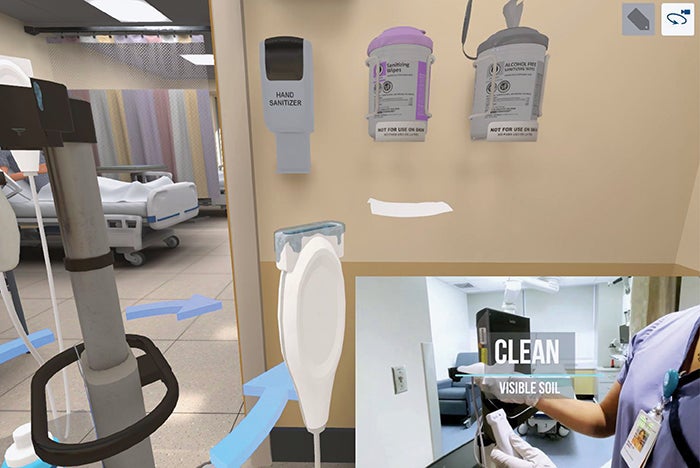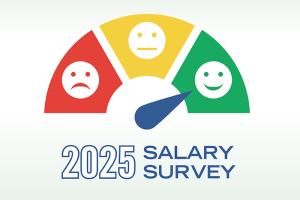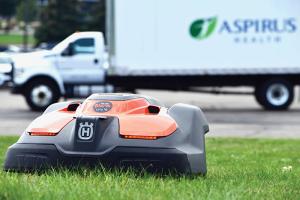Hospitals pilot virtual reality training for infection prevention

Massachusetts hospitals studied the use of virtual reality to help train hospital staff in medical equipment cleaning.
Courtesy of Massachusetts General Hospital
In a recent study, “Getting Real Clean: A Virtual Reality Training Pilot Study for Cleaning and Low-Level Disinfection of Portable Medical Equipment,” Boston-based Massachusetts General Hospital and Mass General Brigham tested using virtual reality (VR) devices to improve training around cleaning and disinfecting portable medical equipment (PME).
“Despite what we know to be best practices for cleaning and disinfecting PME between patients, study after study has shown we are not doing a good job on this very basic aspect of infection control,” says Erica Shenoy, M.D., Ph.D., the study’s senior author and medical director of infection control at Mass General Brigham. “PME is often not cleaned and disinfected, with a high proportion demonstrating contamination with pathogenic organisms.”
Inconsistent cleaning and disinfection of PME has contributed to outbreaks and infections. The report details Shenoy’s and the other authors’ early-stage research on changing how health care personnel learn about PME in an engaging, immersive and more effective training experience other than traditional PowerPoint slides and classroom sessions.
“Emerging literature in VR shows real promise,” Shenoy says. “Its unique features are great for teaching concepts that rely on visualizing the invisible, and that was really appealing to us.”
The VR module, built in collaboration with the EducationXR platform, runs on Meta Quest headsets and guides users through disinfection concepts and techniques. Phase 1 of the study tested the module with 31 participants in three facilities. Some reported issues such as blurry vision, difficulty with the handheld controllers and even motion sickness, and that feedback was used to improve user experience in Phase 2, with 44 participants from four new facilities. Those updates included clearer instructions, reduced text, more intuitive control commands and simplified interactions.
“After making those adjustments, fewer participants reported challenges around moving the PME or understanding directions,” Shenoy says. “The blurriness of the visuals was reduced as well.”
Despite the study’s promise, Shenoy emphasized that VR is not a replacement for traditional training but rather a complementary tool.




